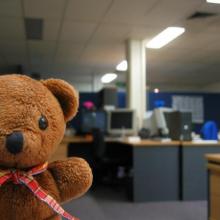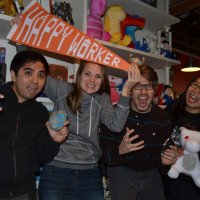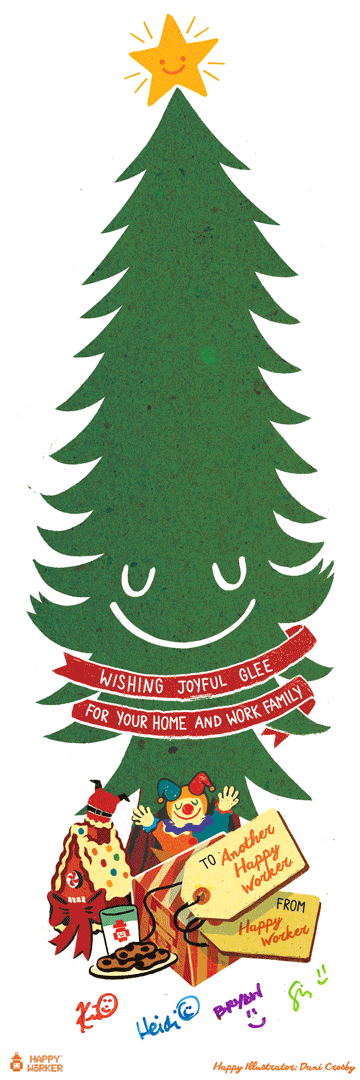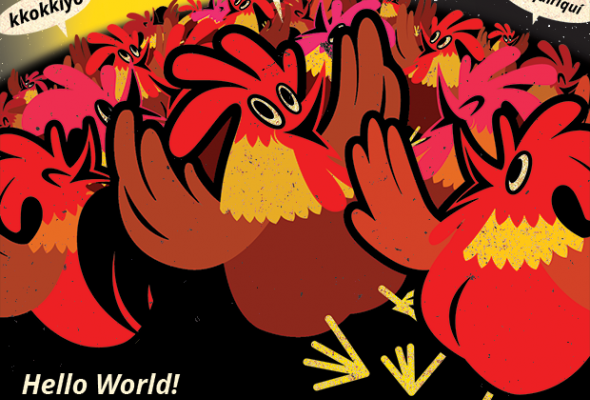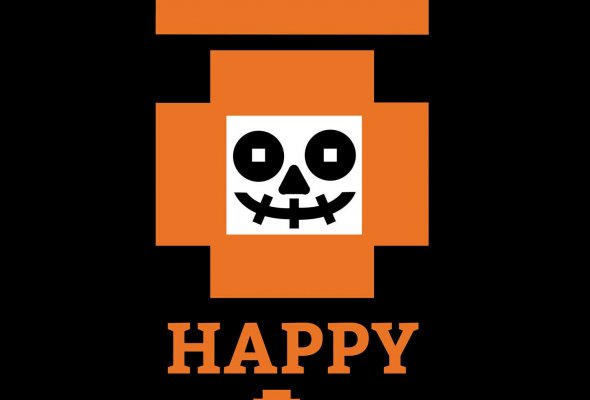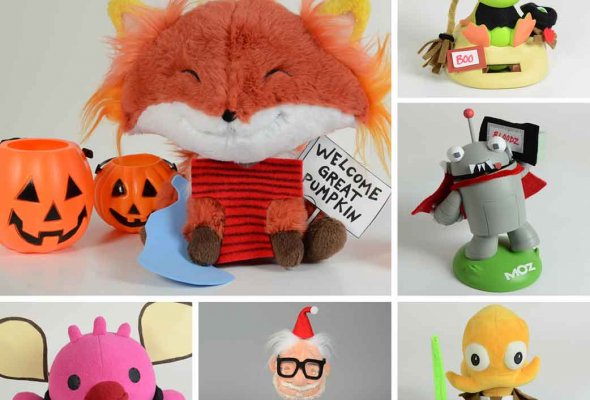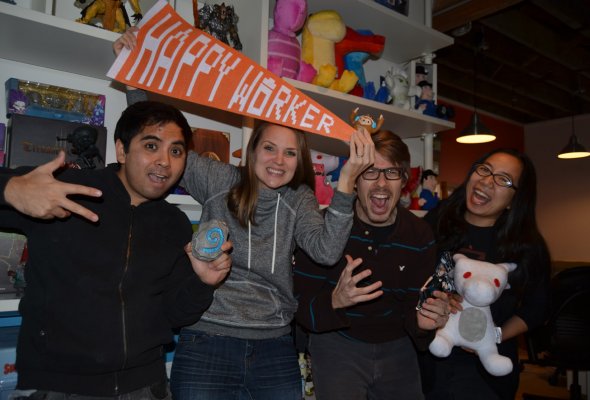The 2008 Sleep in American Poll by The Sleep Foundation shows that employee yawns are common in the American work world – forcing one third of company keyboards to double as pillows.
Although Americans spend nearly 7 hours in bed each week night, it’s not enough to keep them from catching Z’s on the job. To perform at work (and in life) 7.5 hours of shut-eye is suggested. That means that Americas are missing out on 30 minutes of required sleep a day – and their work is suffering as a result. Unless you hold the record for longest time gone without sleep, or are a superhero working mom for that matter, exhaustion can put life on hold.
What’s a sluggish employee to do, besides cranking up the air conditioning or maxing out the volume of the office radio? 32% use caffeine to deal with their exhaustion, while 54% wait ‘til the weekend to “sleep it off”.
Cut down on sleep and sacrifice more than your productivity
No sleep makes would-be productive workers drive dangerously (more than a third falling asleep at the wheel in the last month…eeek!) and 1 in 5 workers experience reduced sex drive. While a reduction in your worker's libidos may help reduce "distraction" while working, extreme exhaustion causes employees to yawn through their work day, too. 28% of workers say that their poor sleeping habits interfere with productivity. Sleep deficiency in employees causes errors, missed days, drug use, turnover and general sluggish behavior.
Workplaces get Wise to Sleepy Employees
Napping isn’t just for kiddies anymore, and 34% of workplaces now allow snoozing on break time. Some even provide a cozy nook to sleep. A quick 20 minute nap is said to refresh low-octane brain cells, filling your brain’s gas tank up to full once again.
Awareness of sleep issues isn’t just a workplace problem… and sleep deprivation is become a national health matter. This year $800,000 of tired tax paying dollars will be dedicated to awareness programs, research and health programs related to sleep. Perhaps it’s time that working adults take a lesson from their stress-free spawn, taking a nap when the need arises rather than putting their jobs and health at risk.
Snoozing without Cruising for a Bruising
Sleep expert author Camille Anthony not only recommends snoozing at work, but also tells us how it’s done. Yawning won’t send the message to colleagues and the boss that you’re just “resting your eyes” for a few minutes… you’ve gotta announce your sleepy intentions in order to get a good rest. (and stay on the boss’s good side)
If you’re not interested in announcing your nap needs, keeping your cubicle napping a secret is also an option. Just remember, a QWERTY imprint on your forehead is likely to give away your afternoon activity.
Although Americans spend nearly 7 hours in bed each week night, it’s not enough to keep them from catching Z’s on the job. To perform at work (and in life) 7.5 hours of shut-eye is suggested. That means that Americas are missing out on 30 minutes of required sleep a day – and their work is suffering as a result. Unless you hold the record for longest time gone without sleep, or are a superhero working mom for that matter, exhaustion can put life on hold.
What’s a sluggish employee to do, besides cranking up the air conditioning or maxing out the volume of the office radio? 32% use caffeine to deal with their exhaustion, while 54% wait ‘til the weekend to “sleep it off”.
Cut down on sleep and sacrifice more than your productivity
No sleep makes would-be productive workers drive dangerously (more than a third falling asleep at the wheel in the last month…eeek!) and 1 in 5 workers experience reduced sex drive. While a reduction in your worker's libidos may help reduce "distraction" while working, extreme exhaustion causes employees to yawn through their work day, too. 28% of workers say that their poor sleeping habits interfere with productivity. Sleep deficiency in employees causes errors, missed days, drug use, turnover and general sluggish behavior.
Workplaces get Wise to Sleepy Employees
Napping isn’t just for kiddies anymore, and 34% of workplaces now allow snoozing on break time. Some even provide a cozy nook to sleep. A quick 20 minute nap is said to refresh low-octane brain cells, filling your brain’s gas tank up to full once again.
Awareness of sleep issues isn’t just a workplace problem… and sleep deprivation is become a national health matter. This year $800,000 of tired tax paying dollars will be dedicated to awareness programs, research and health programs related to sleep. Perhaps it’s time that working adults take a lesson from their stress-free spawn, taking a nap when the need arises rather than putting their jobs and health at risk.
Snoozing without Cruising for a Bruising
Sleep expert author Camille Anthony not only recommends snoozing at work, but also tells us how it’s done. Yawning won’t send the message to colleagues and the boss that you’re just “resting your eyes” for a few minutes… you’ve gotta announce your sleepy intentions in order to get a good rest. (and stay on the boss’s good side)
If you’re not interested in announcing your nap needs, keeping your cubicle napping a secret is also an option. Just remember, a QWERTY imprint on your forehead is likely to give away your afternoon activity.
Illustrator:
Shane Kirshenblatt/Happy Worker
Topics:



